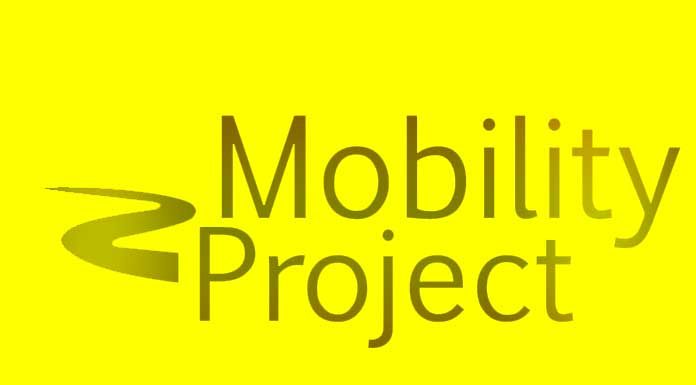Mobile apps are becoming increasingly popular. However, you do not achieve the desired plus inefficiency everywhere. The ERP manufacturer proAlpha has identified five essential best practices in numerous projects. This is how mobile.
The location-independent exchange of information in these areas accelerates processes in administration, production, logistics and service. However, standardized off-the-shelf apps don’t always help. Therefore, many companies choose a solution that is tailored to their needs. For their mobile application to pay off, pro alpha Business Solutions advises companies to meet five essential requirements:
Put The User At The Centre
Operational requirements are one thing. Employee needs are another: Mobile applications have to meet both. It has nothing to do with “make a wish”. Anyone who already focuses on the user in the planning phase ensures that no presumed user requirements but the actual ones are recorded and implemented. That means: The architects understand the context of the use of the planned app and map the process steps of the employees in the design process.
This is the only way to create an app that sensibly supports workers, service staff or warehouse clerks with the appropriate functionalities and information. Just as important: a surface optimized for the user experience, optically coordinated with the corporate design. If all of this is implemented correctly, users can see a demonstrable increase in identification and acceptance. Most companies forgo lengthy individual development so that costs and project time do not get out of hand because many things can be configured relatively easily today without any programming knowledge.
Clear Structuring Of Projects
Just go ahead and configure? That often goes wrong. A launch process consists of seven phases: the analysis of the context of use, the collection of requirements, the conception and prototyping, followed by usability tests. If these tests are successful, the implementation phase starts and, last but not least, the exemplary configuration of the solution. If the project shimmies along with a solid framework, the chances of project success increase many times over.
Schedule Iterations
However, companies must not make the mistake of stubbornly sticking to this scheme. “Mobile projects require a high degree of flexibility,”. In each phase, users should provide feedback to be incorporated into the ongoing work. This iterative approach may lead to conceptions and designs being adapted again and the delayed planned roll-out date.
This supposed disadvantage usually becomes an advantage: The earliest possible feedback helps to eliminate conceptual errors in good time. This avoids expensive, undesirable developments. Because the functionality corresponds precisely to the needs of the employees, the productivity of the users also increases. The return on investment is therefore much higher with iterative projects.
Track And Change Processes
The introduction of a mobile application can, of course, be based on existing processes. But it also offers the opportunity to question processes and make adjustments critically. The specific goal of providing an app for a specific business process creates an everyday basis for discussion. Misunderstandings do not arise in the first place or can be quickly cleared out of the way. If moderated correctly, a mobile project also opens up opportunities to question ingrained structures.
Precise Evaluation Of The Technologies
In the field of mobility, new technologies are springing up like mushrooms. Innovations around new devices, voice assistants and foldable displays are announced every week. Companies shouldn’t blindly rush into anything that is supposedly new and chic. In the end, the cost-benefit ratio has to be correct. And there is much more to a high-performance mobile solution than tablets and scanners.
Therefore, the success of a mobile project depends on the interplay of several factors: on a flexible organization, the orchestration of the processes and technology equipment tailored to the goal. However, the user requirements are central. Companies that hand over a project to a solution provider for implementation fall short of their capabilities. Only when you contribute yourself and “take the user with you” from the start will your apps ensure maximum productivity.

